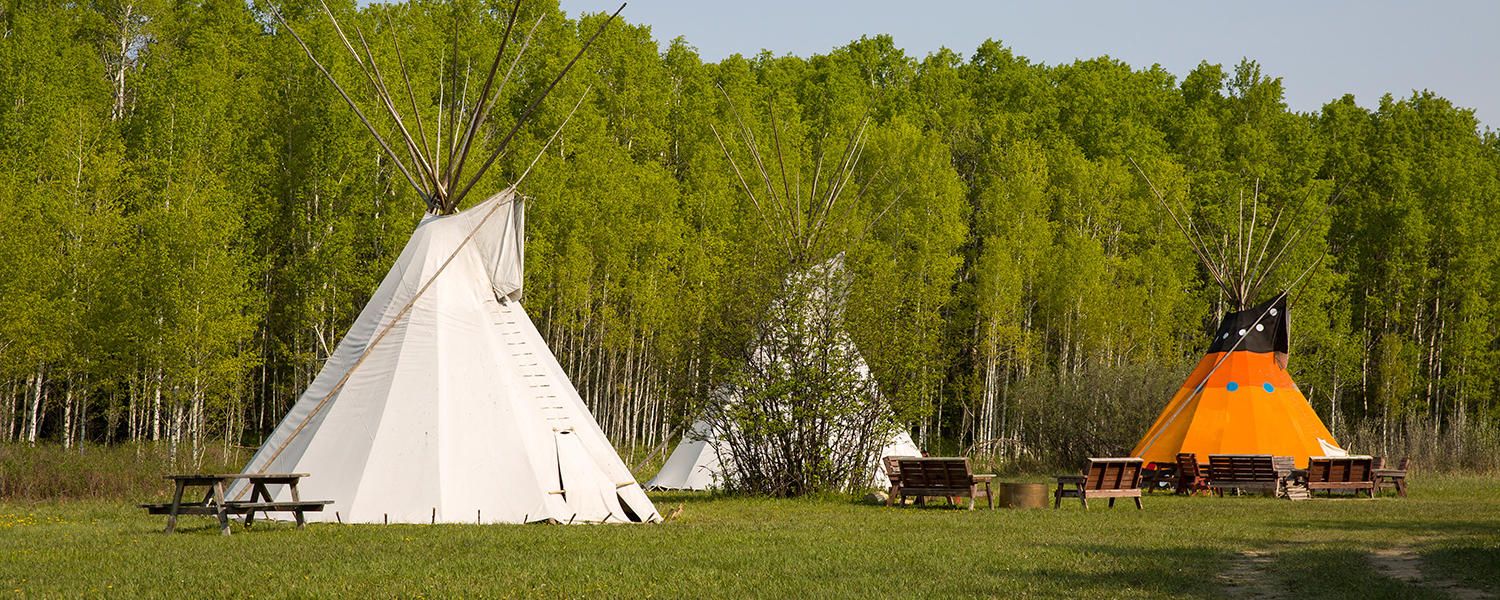
Site background and archaeology
at the City of Calgary's Edworthy Park
City of Calgary, Edworthy Park
Edworthy Park is located in the South West of Calgary, and it sits in a valley along the Bow River. There are many different trails and areas to explore in this park such as the Douglas Fir Trail and the Lawrey Gardens.
Trails may be partially snow covered or muddy depending on the season. If you are planning to explore, please wear proper footwear. Choose shoes with a good grip that you don't mind getting dirty.
Thomas Edworthy purchased the land in 1883. He discovered sandstone on the land and supplied it for the construction of many buildings in Calgary. The City of Calgary purchased the land in 1962 and named the park after the previous owner.
Yellow Warblers prefer to breed and feed in forested areas and along waterways, making Edworthy Park perfect for them. Their colour patterns are uniformly yellow, with some reddish areas on the males. They are about the size of a Chickadee.
Edworthy Park is the most easterly place in Canada that you can find Douglas Fir trees. You can identify Douglas Fir trees by looking at the bark, it is deeply furrowed with red-dish lines. Also, Douglas Firs are not real Firs, they are their own genus altogether!
